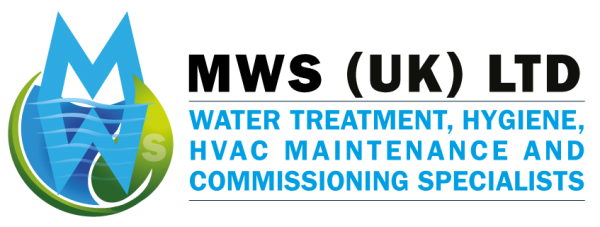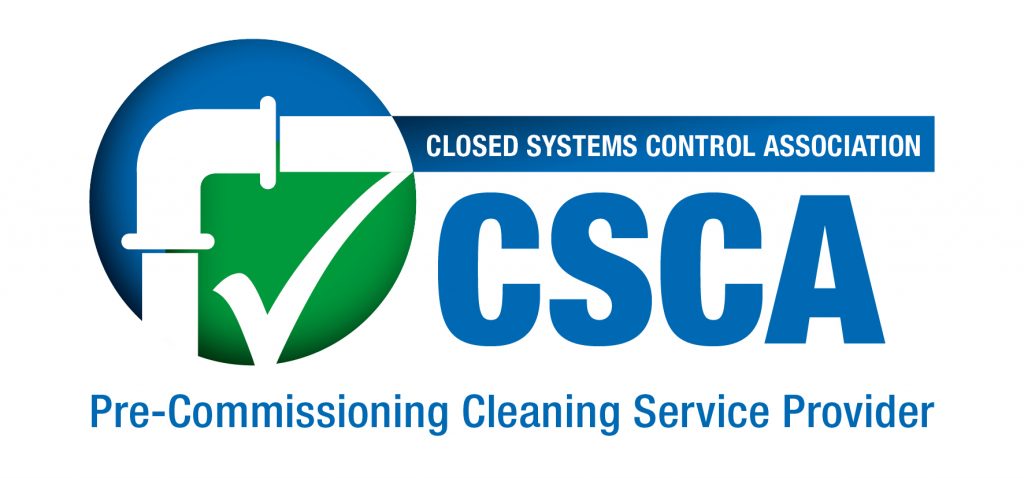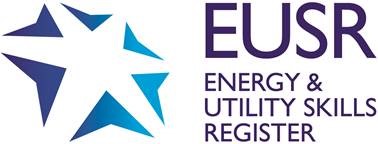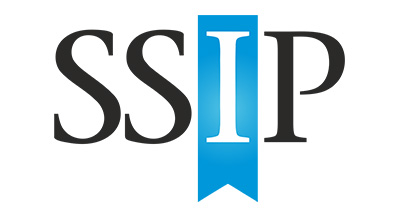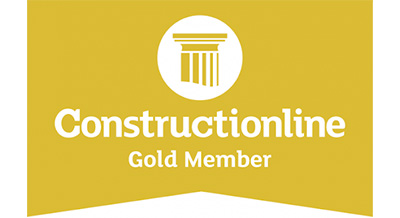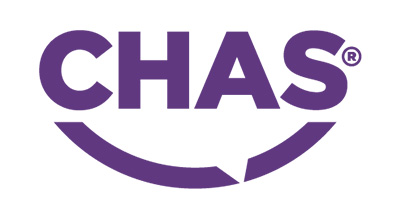Legionella Control

What is Legionella?
Legionella is a collective term for diseases caused by legionella bacteria including the most serious Legionnaires’ disease, as well as the similar but less serious conditions of Pontiac fever and Lochgoilhead fever. Legionnaires’ disease is a potentially fatal form of pneumonia and everyone is susceptible to infection.
The bacterium Legionella Pneumophila and related bacteria are common in natural water sources, and although in low amounts, If conditions are favourable, the bacteria may grow increasing the risks of Legionnaires’ disease.
It is therefore important to control the risks by introducing the appropriate measures as outlined in the HSE Legionnaires disease – The control of Legionella bacterial in water systems.
- L8 Compliant Packages
- Sterilization / Chlorination
- Microbiological Sampling
- L8 Risk assessment
Your Responsibilities
Under general health and safety law; as an employer or person in control of a premises, YOU have health and safety duties and need to take suitable precautions to prevent or control the risk of exposure to Legionella.
The first step in ensuring that you establish any potential risk and implement measures to either eliminate or control those risks, is to carry out a Legionella Risk Assessment – which is your responsibility.
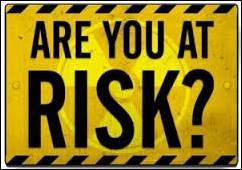
Landlords Responsibilities (Domestic)
Organisations, or self-employed individuals, who provide residential accommodation or who are responsible for the water system(s) in their premises, are responsible for ensuring that the risk of exposure to legionella in those premises is properly assessed and controlled.
The HSE states – All water systems require an assessment of the risk which they can carry out themselves if they are competent and trained, or employ somebody who is.
In most residential settings, a simple assessment may show that the risks are low and no further action may be necessary.
MWS (UK) Ltd have the competency, relevant training and experience to be able to assess the risk in domestic properties.
Upon assessment of the risks MWS (UK) Ltd will issue a compliance certificate to the landlord, which will detail if any actions are required or not. We will also issue a separate document detailing the control measures required by the tenant, this can be passed directly onto the tenant (to be signed by) or can be inserted into the tenancy agreement.
